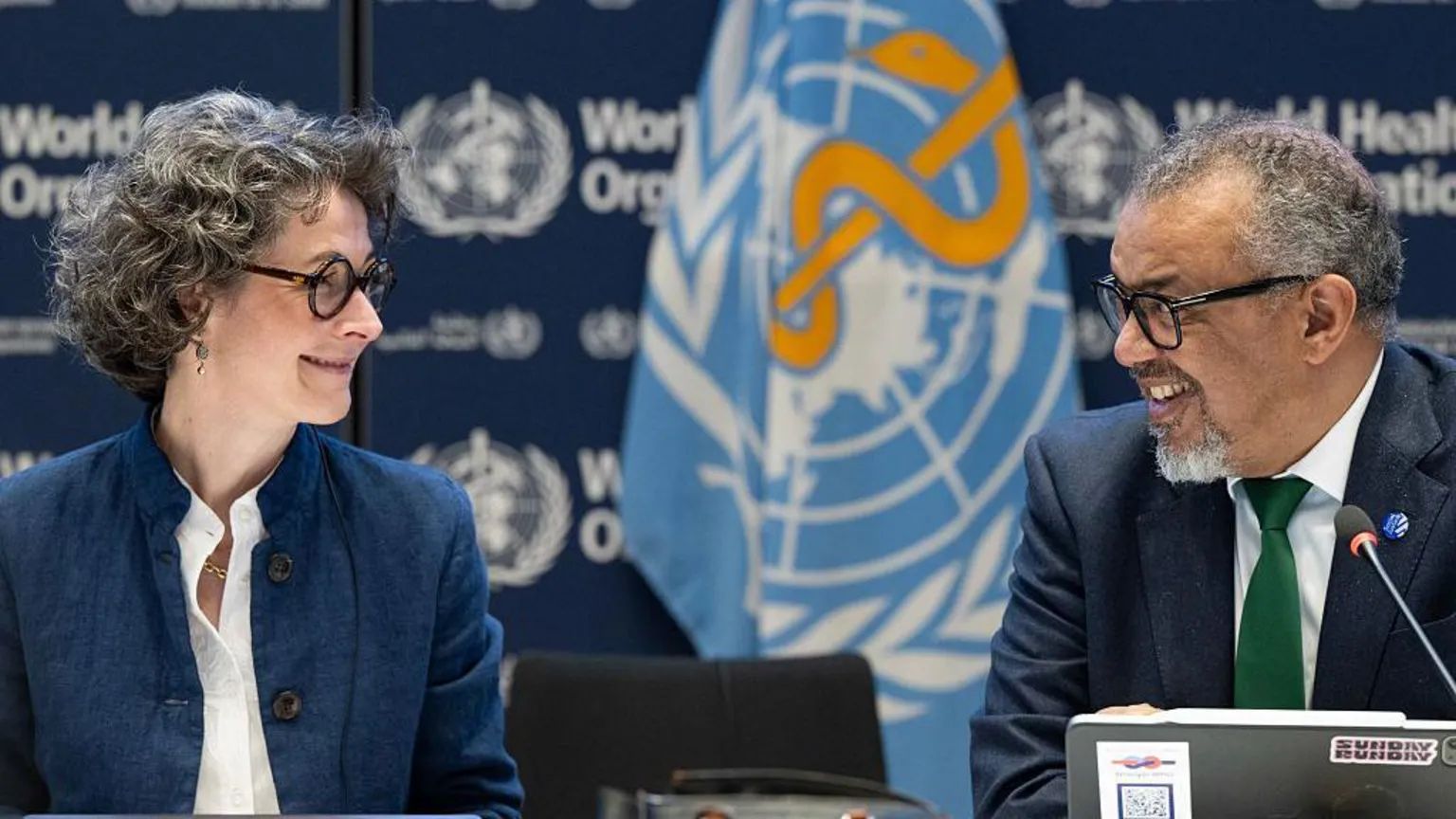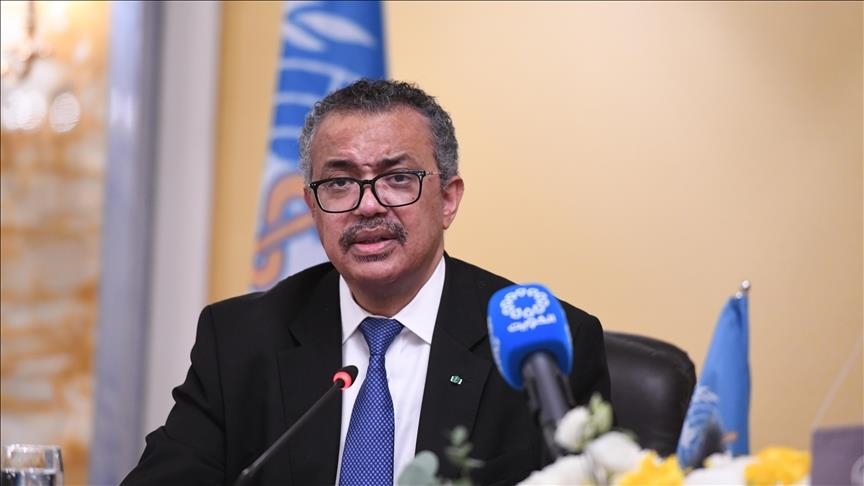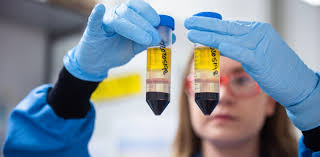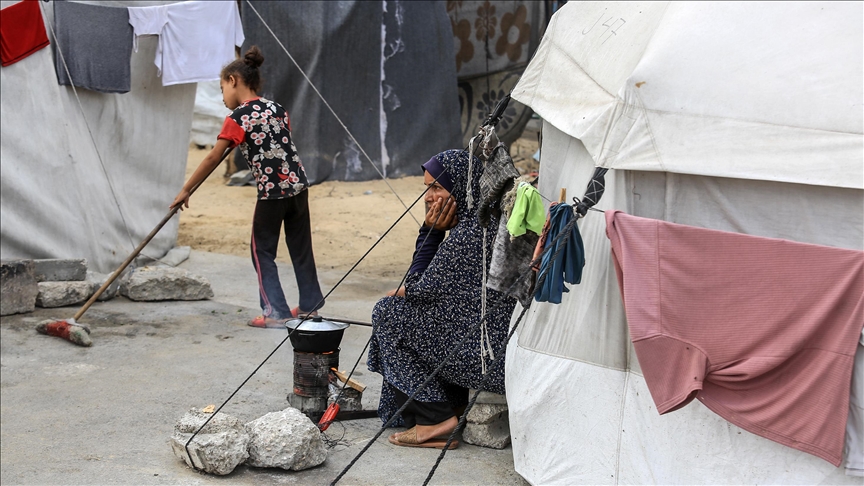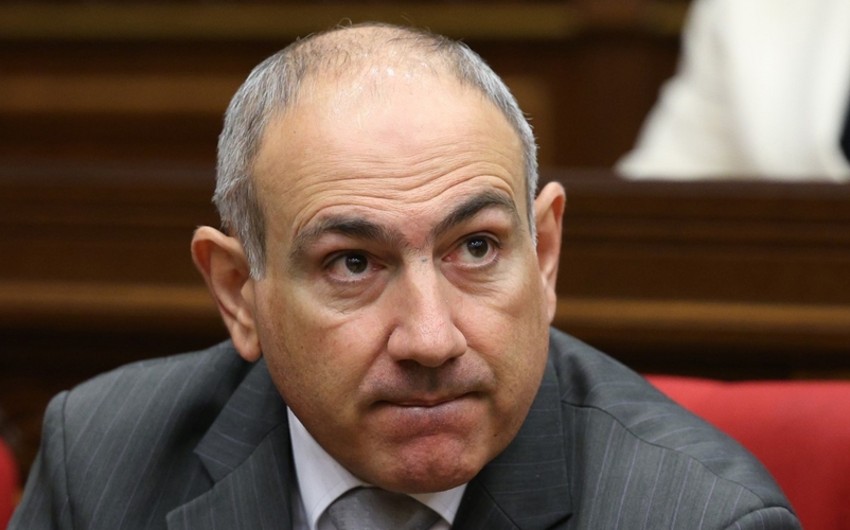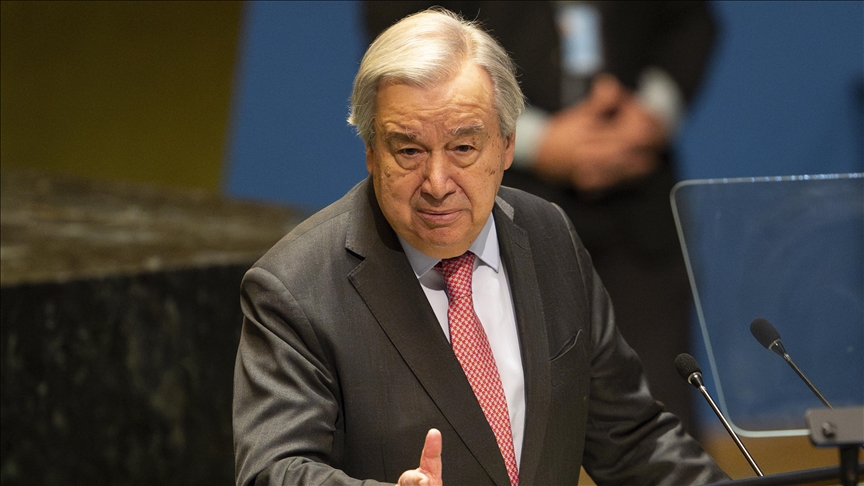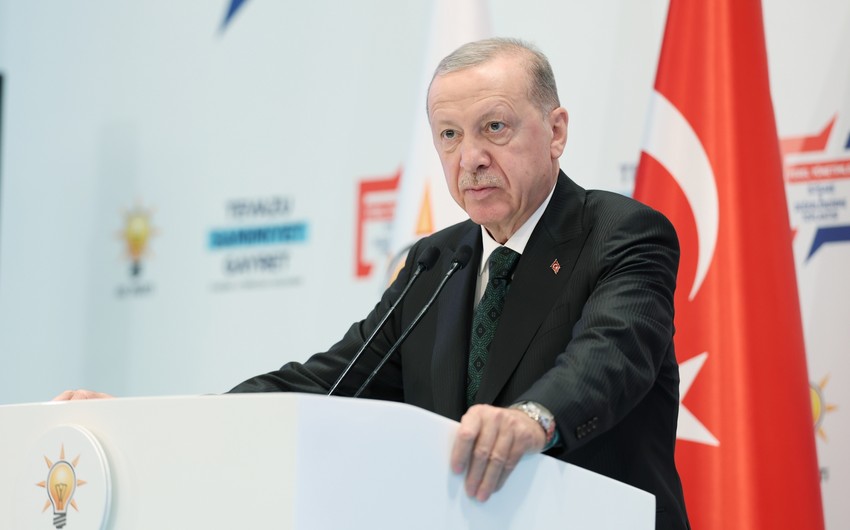Members of the World Health Organization have agreed the text of a legally binding treaty designed to better tackle future pandemics.The pact is meant to avoid the disorganisation and competition for resources seen during the Covid-19 outbreak.Key elements include the rapid sharing of data about new diseases, to ensure scientists and pharmaceutical companies can work more quickly to develop treatments and vaccines.For the first time, the WHO itself will also have an overview of global supply chains for masks, medical gowns and other personal protective equipment .
World Health Organization director general Dr Tedros Adhanom Ghebreyesus described the deal as "a significant milestone in our shared journey towards a safer world".The legally binding pact reached early on Wednesday came after three years of talks between member states.It is only the second time in the World Health Organization's 75-year history that an international agreement of this type has been reached – the first being a tobacco control deal in 2003.It still needs to be formally adopted by members when they meet for the World Health Assembly next month.
U.S. negotiators were no longer involved in the final discussions following President Donald Trump’s announcement of the country’s decision to withdraw from the World Health Organization. As a result, American representatives had no influence over the final terms of the agreement. The withdrawal meant that the United States would not be bound by any new provisions or commitments established under the pact once its departure becomes official in 2026. This move drew significant criticism from global health experts and international allies, who emphasized the importance of U.S. leadership in global health initiatives.
Trump administration, however, justified the decision by accusing the WHO of mishandling the COVID-19 pandemic and being overly deferential to China. Consequently, the U.S. distanced itself from key negotiations and signaled a shift in its approach to multilateral health cooperation.
US negotiators were not part of the final discussions after President Donald Trump announced his decision to withdraw from the global health agency, and the US will not be bound by the pact when it leaves in 2026.Under the terms agreed, countries will have to ensure that pandemic-related drugs are available across the world in a future outbreak.
Participating manufacturers will have to allocate 10% of their production of vaccines, therapeutics and diagnostics to the World Health Organization. Another 10% will then be supplied at "affordable prices.''
Countries also approved the transfer of health technologies to poorer nations as long as it was "mutually agreed".That should enable more local production of vaccines and medicines during a pandemic, but the clause had been extremely contentious.Developing countries are still angry at the way wealthy nations bought up and hoarded vaccines during Covid-19, while countries with large pharmaceutical industries worry mandatory transfers might undermine research and development.
At the core of the agreement is a proposed Pathogen Access and Benefit-Sharing System, allowing the faster exchange of data between pharmaceutical companies.That should enable those firms to start working on new drugs more quickly in any future outbreak.
Madina Mammadova\\EDnews

